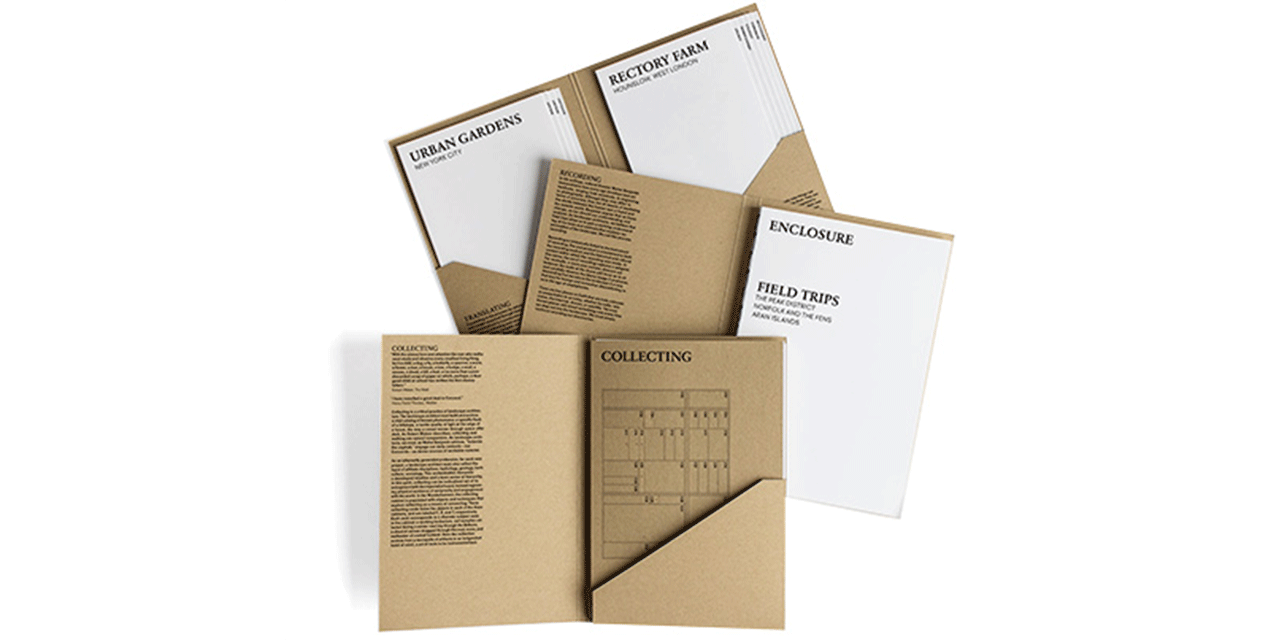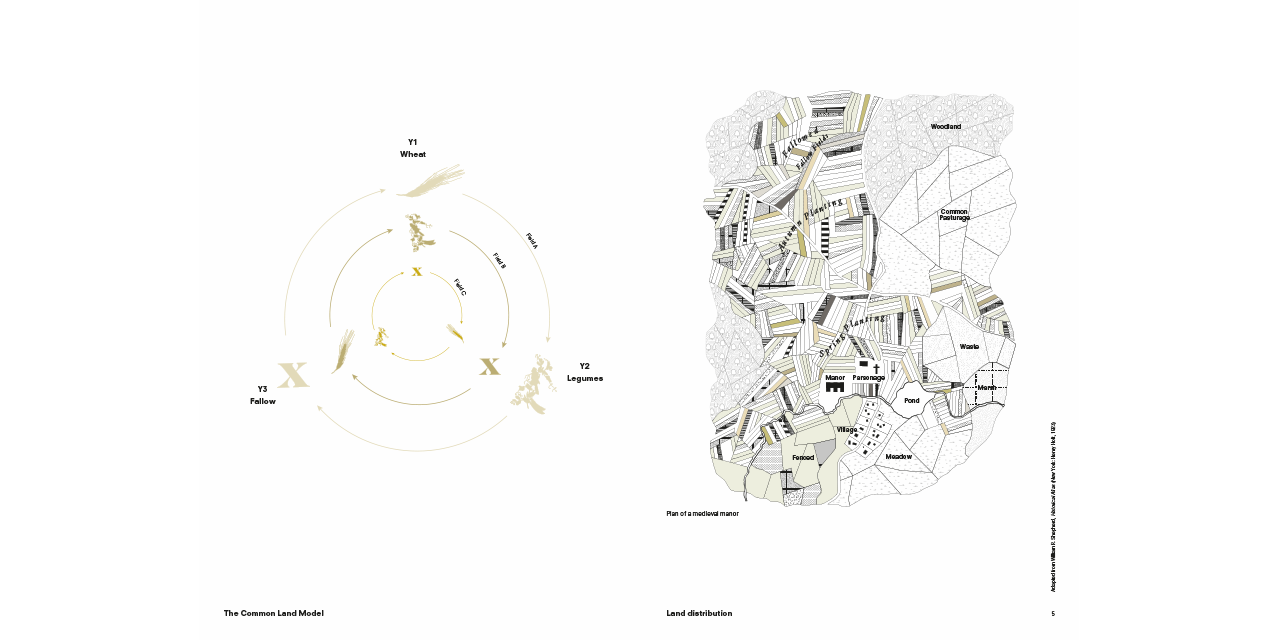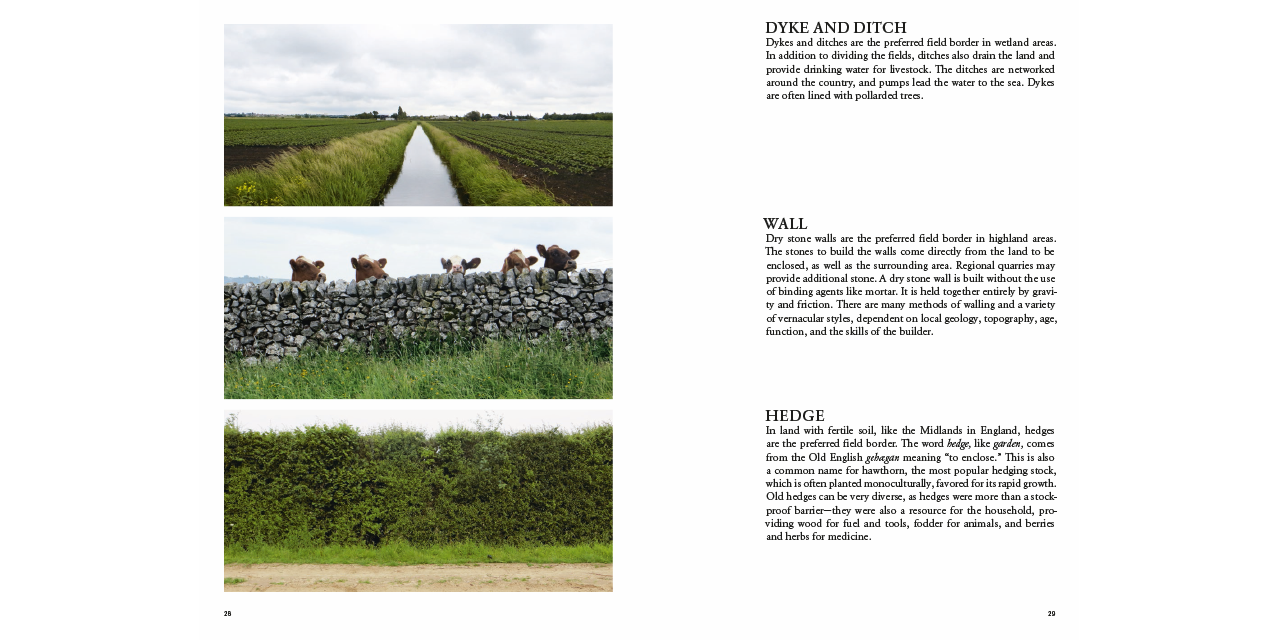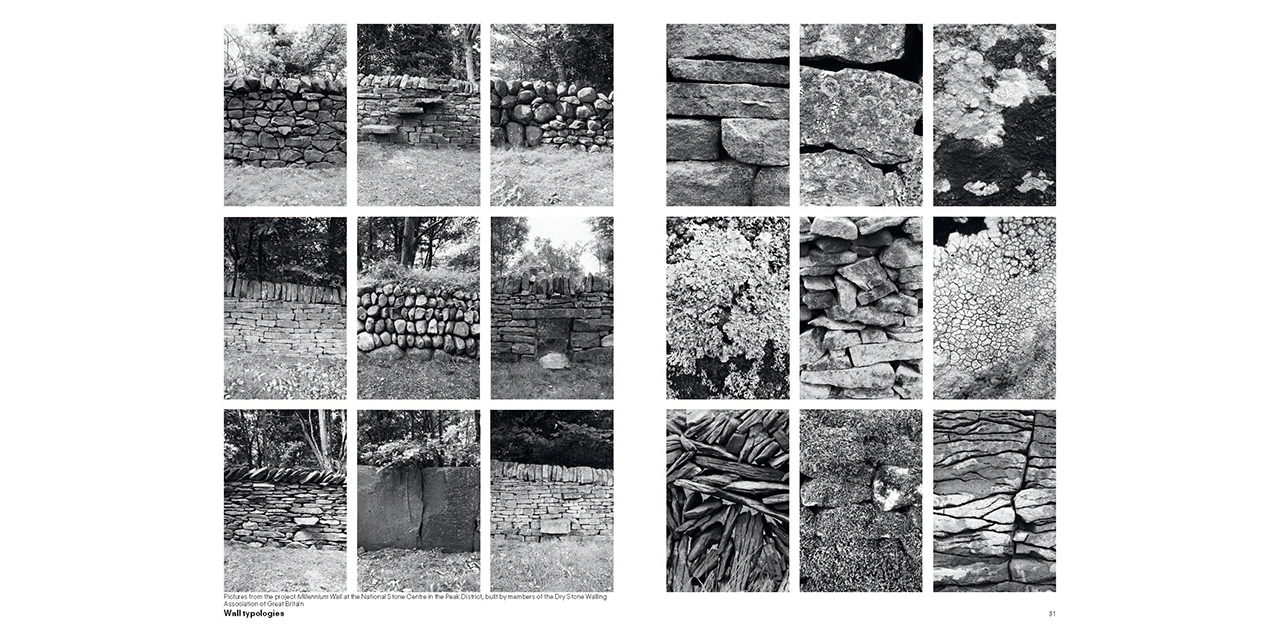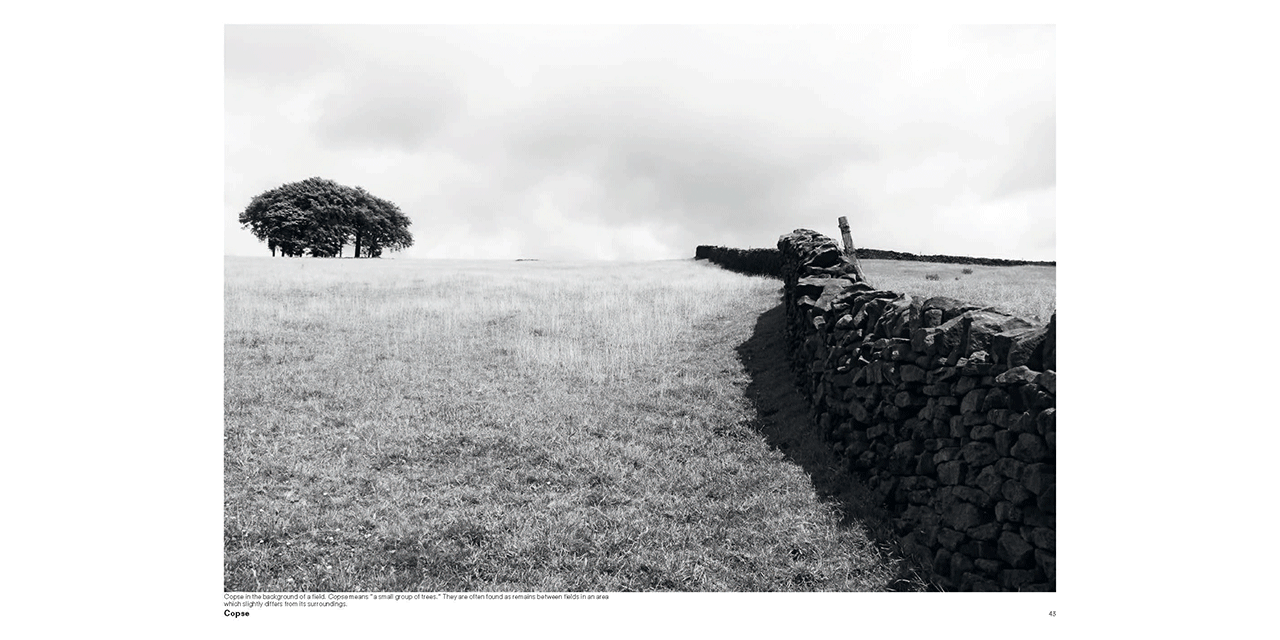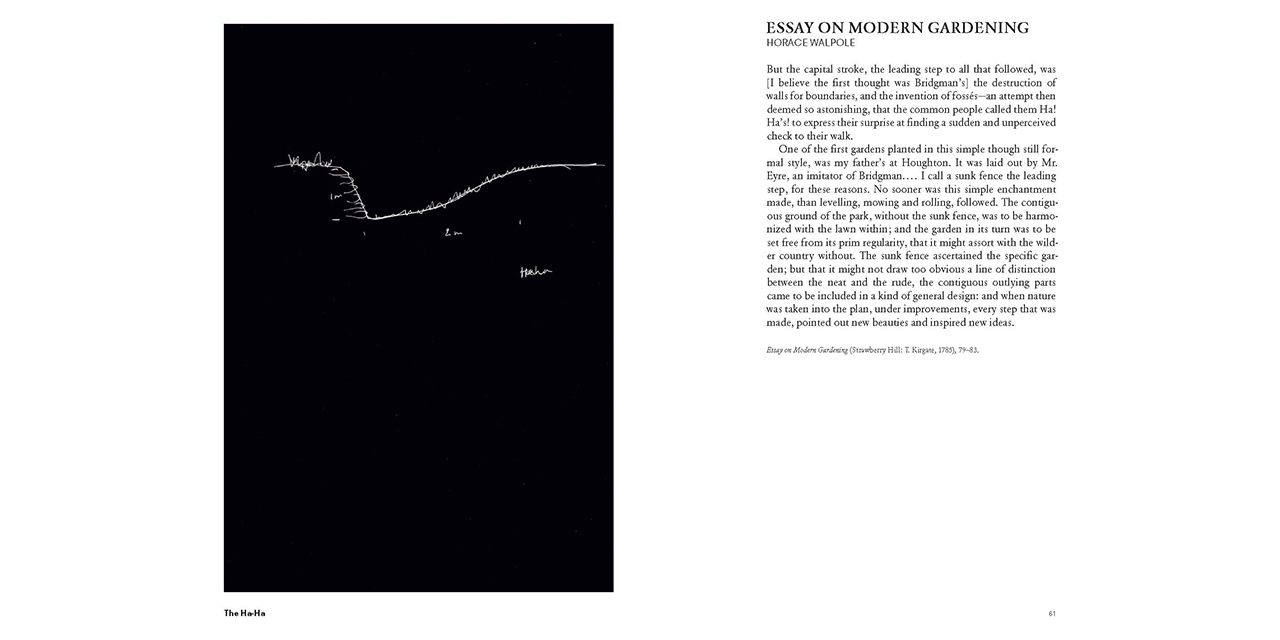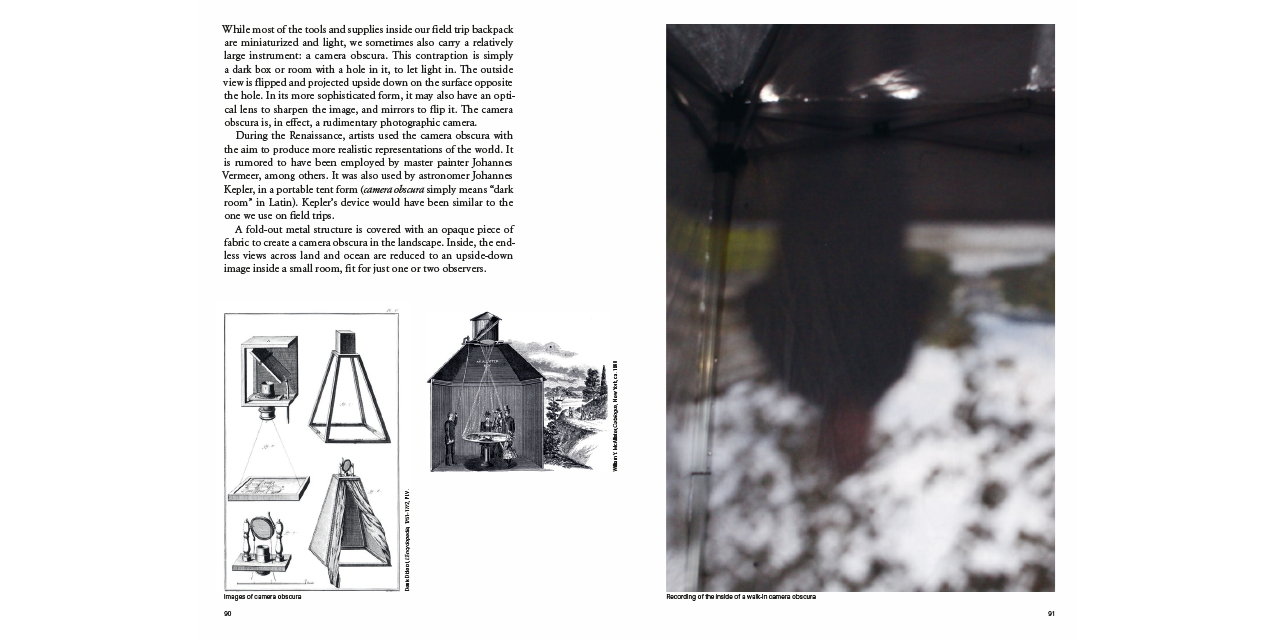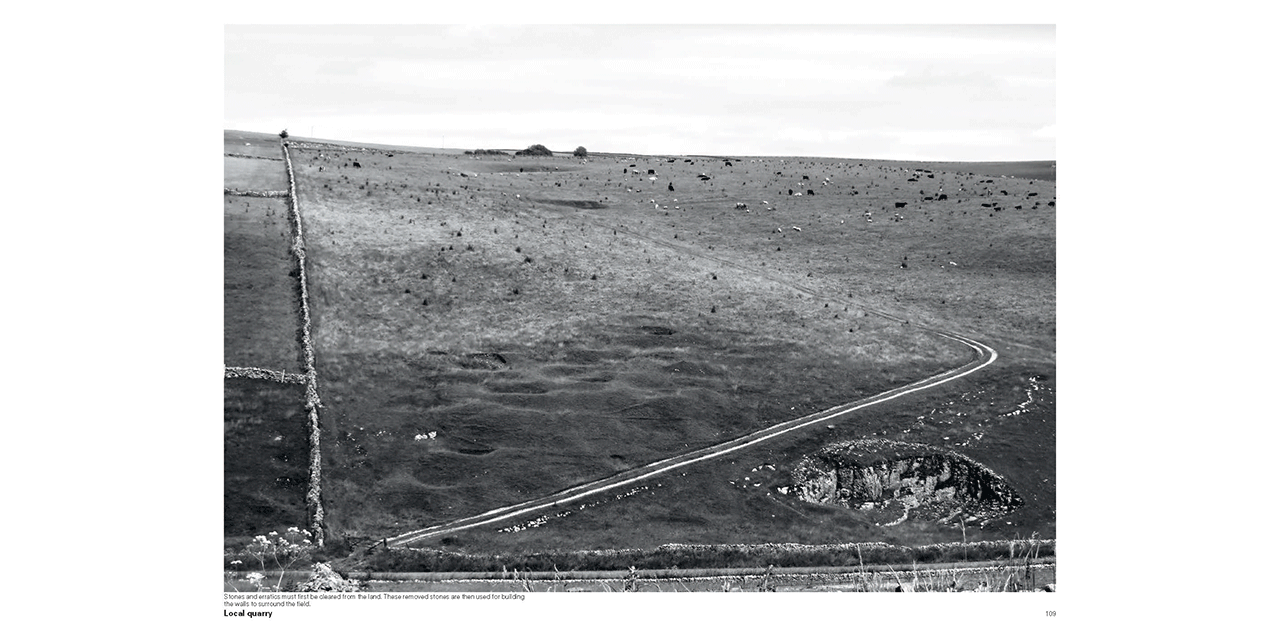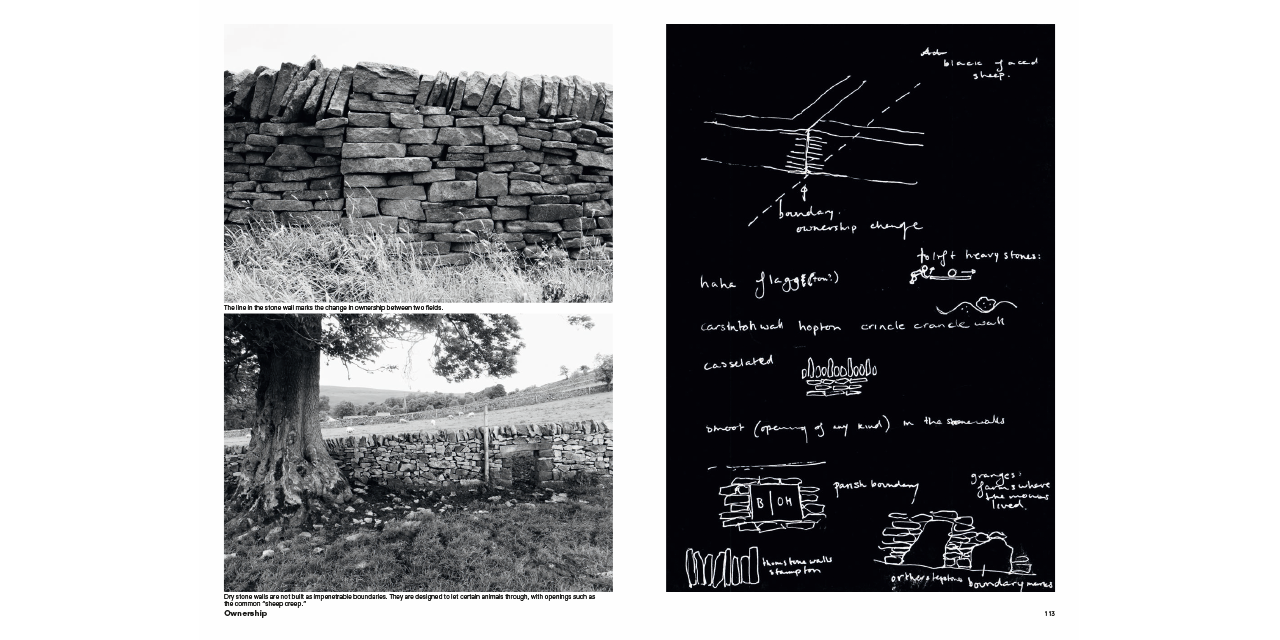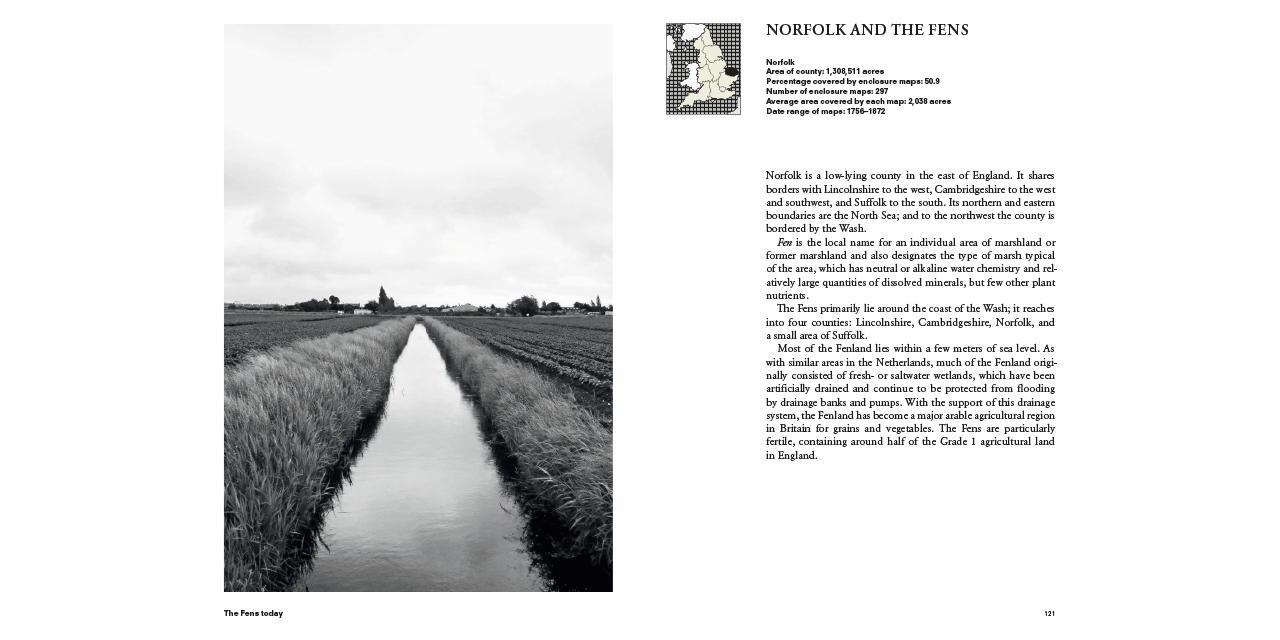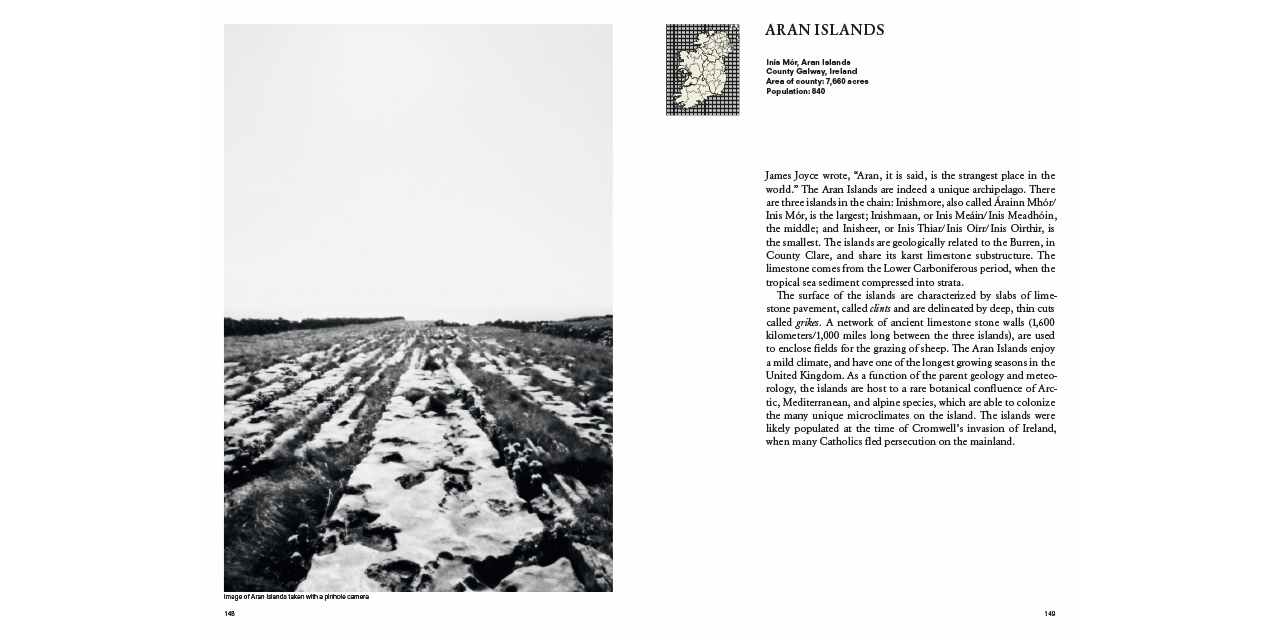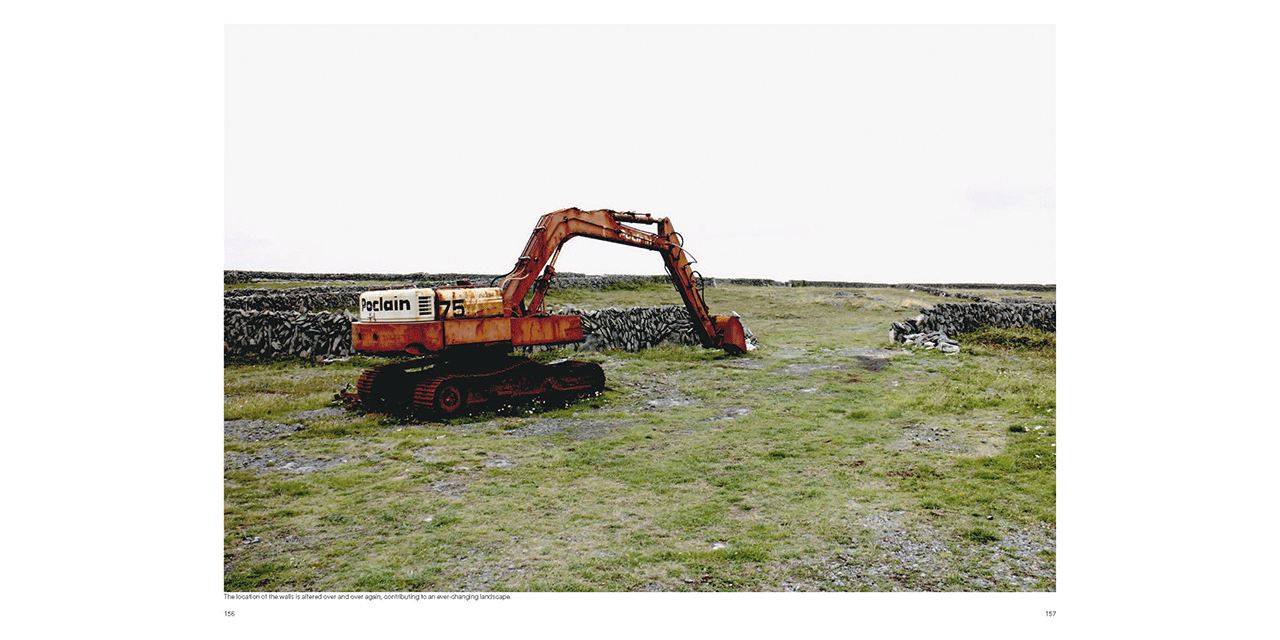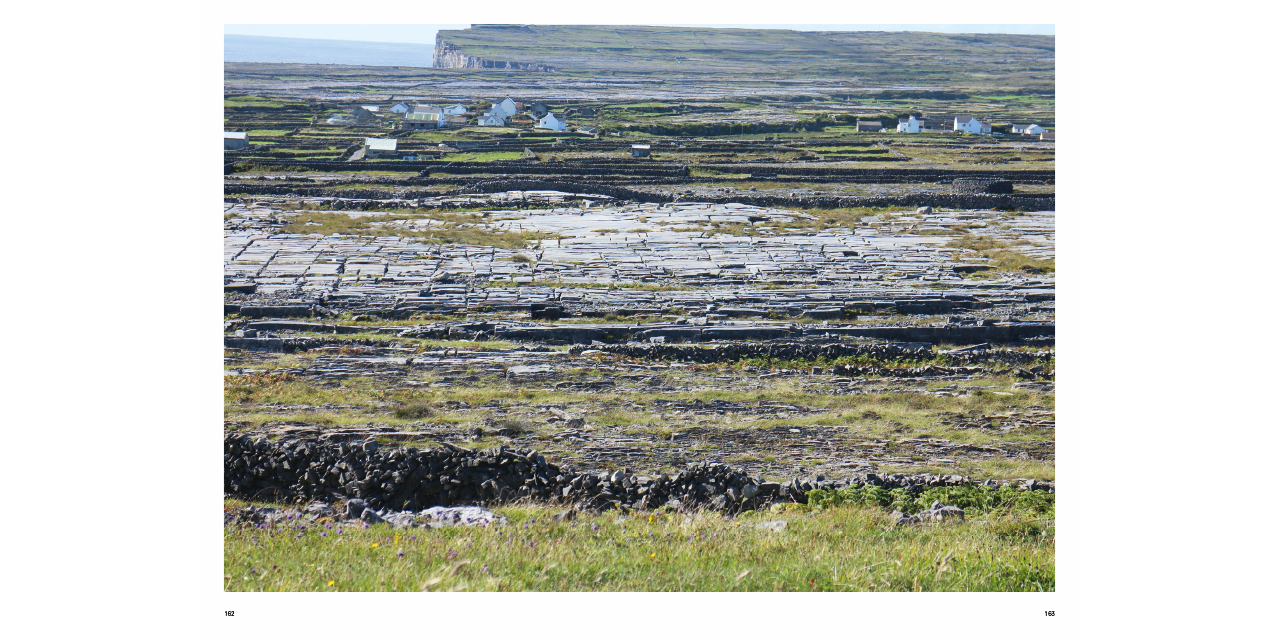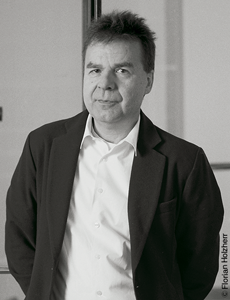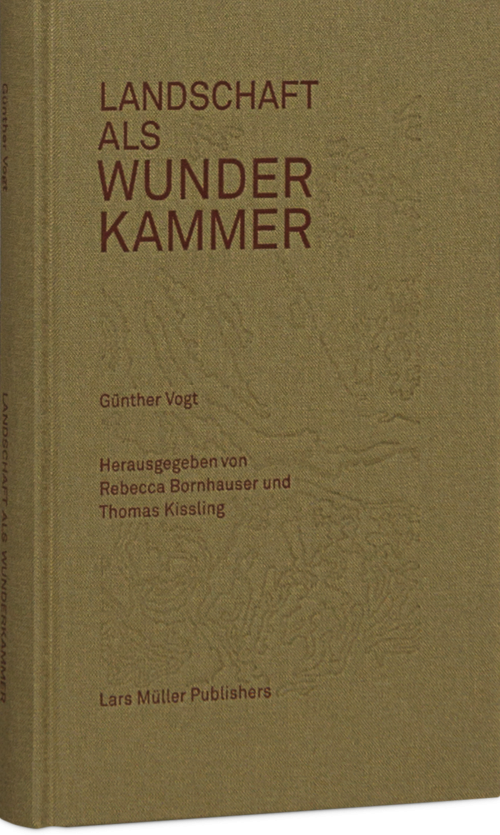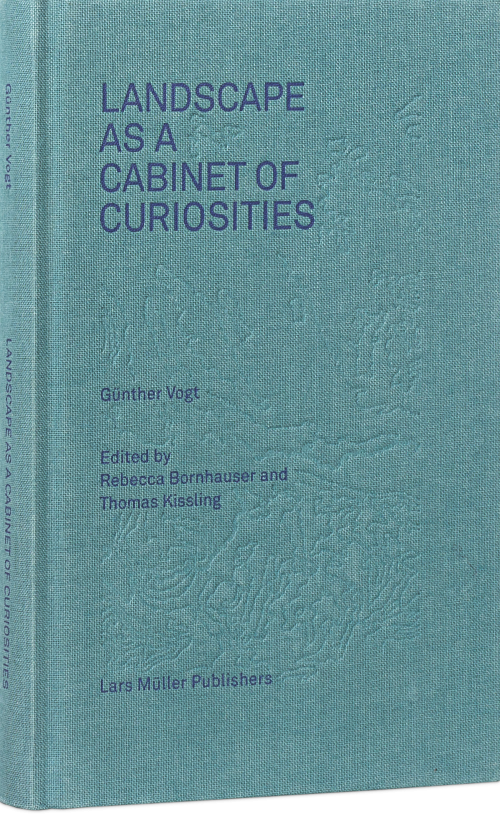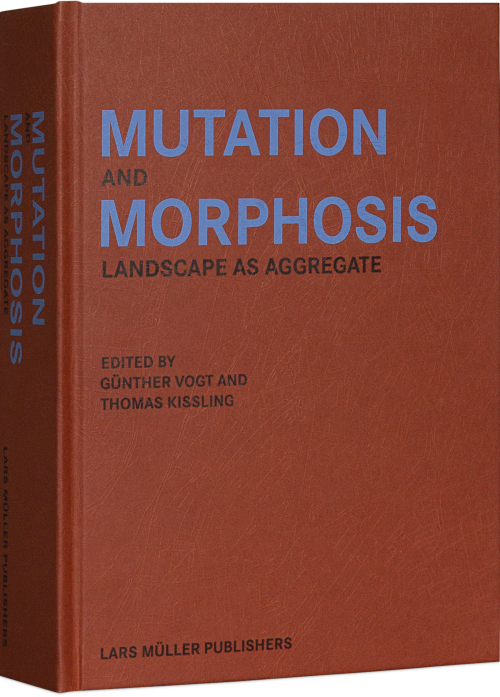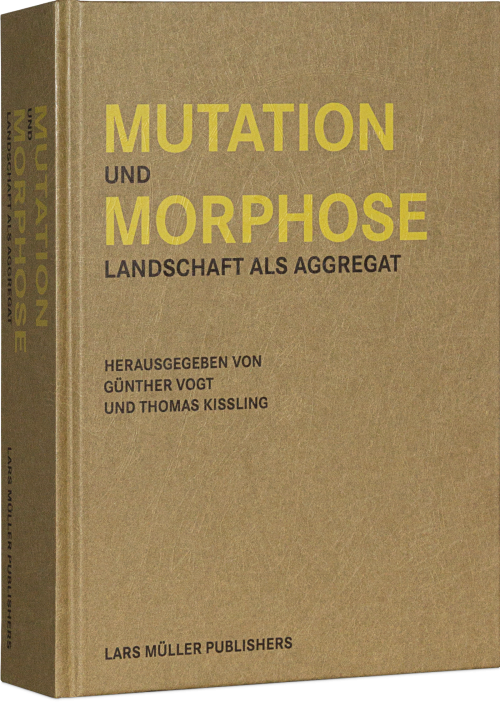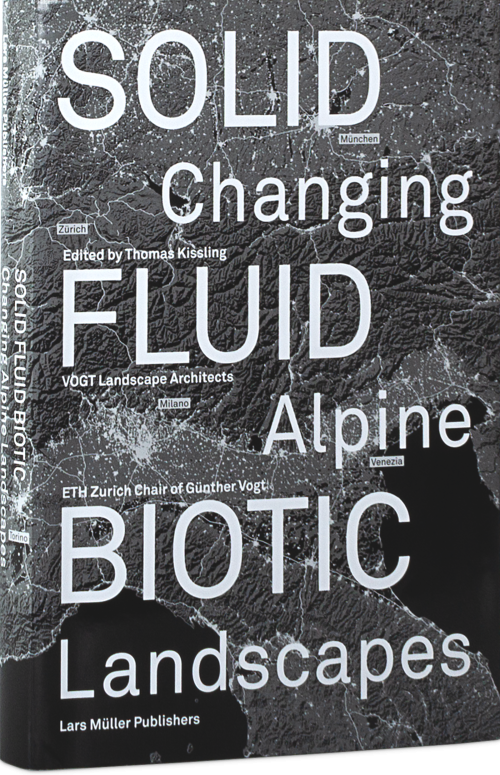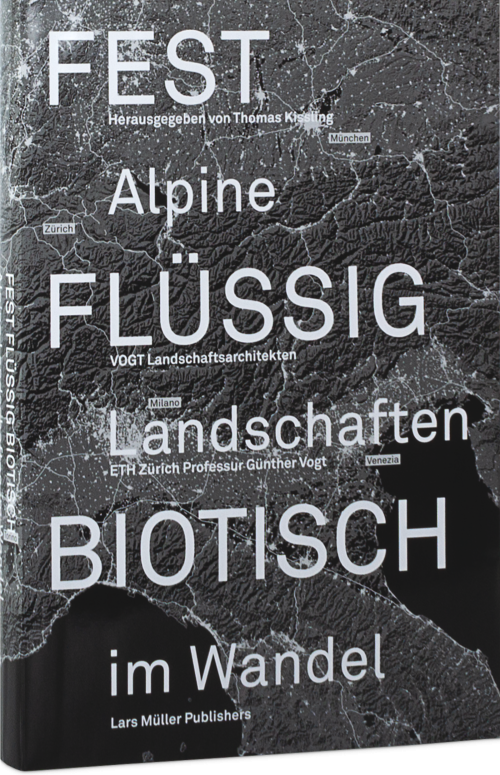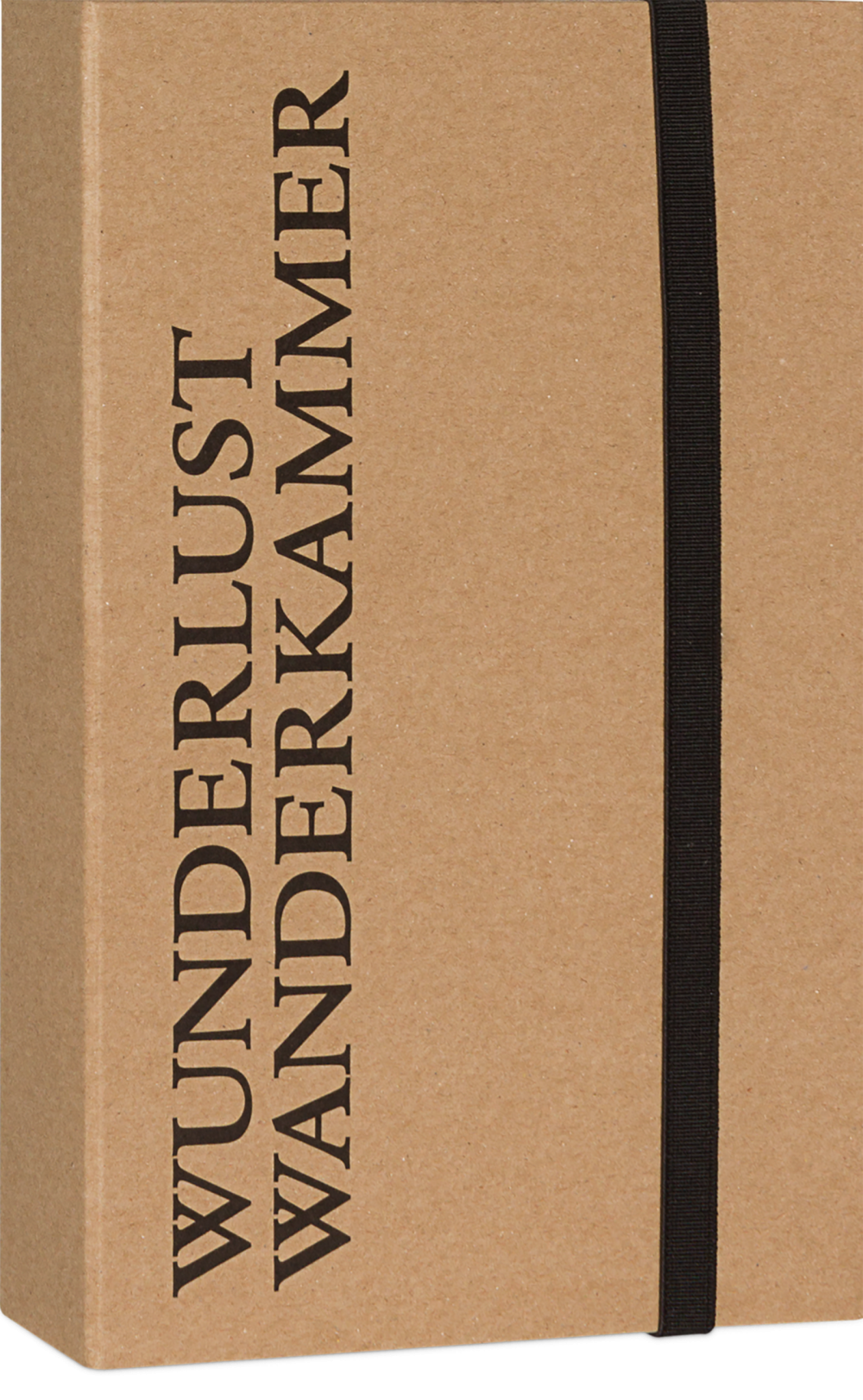
Wunderlust/Wanderkammer
A Wunderkammer is a classification device that emphatically resists classification. It occupies a liminal netherworld between furniture and room, between the natural and the artificial, between the intimate and the universal. This collection, like the Wunderkammer it considers, is neither monograph, nor catalog, nor book. In three volumes—Collecting, Recording, and Translating—this hybrid collection considers the content and ethos of a Wunderkammer designed by Case Studio VOGT.
COLLECTING
Engaging directly with the physical world, picking up specimens, living or not, bringing them home and organizing them, rationally or not. Discovering ever more tangential relations between them.
RECORDING
Putting the tools, methods, and devices that mediate our perception of the landscape to work in the context of field trips. Acknowledging and harnessing the subjective human experience of landscape.
TRANSLATING
Instrumentalizing idiosyncratic learnings and insights, uncovering the febrile connections between them, and building the common ground upon which they may experience the most unsuspected yet productive and specific syntheses.
A Wunderkammer is a classification device that emphatically resists classification. It occupies a liminal netherworld between furniture and room, between the natural and the artificial, between the intimate and the universal. This collection, like the Wunderkammer it considers, is neither monograph, nor catalog, nor book. In three volumes—Collecting, Recording, and Translating—this hybrid collection considers the content and ethos of a Wunderkammer designed by Case Studio VOGT.
COLLECTING
Engaging directly with the physical world, picking up specimens, living or not, bringing them home and organizing them, rationally or not. Discovering ever more tangential relations between them.
RECORDING
Putting the tools, methods, and devices that mediate our perception of the landscape to work in the context of field trips. Acknowledging and harnessing the subjective human experience of landscape.
TRANSLATING
Instrumentalizing idiosyncratic learnings and insights, uncovering the febrile connections between them, and building the common ground upon which they may experience the most unsuspected yet productive and specific syntheses.
